Dense breast tissue is detected on a mammogram Additional imaging tests are sometimes recommended for women with dense breastsAccording to the National Cancer Institute, nearly 50% of all women age 40 and older have dense breasts Like Joan, many women don't know whether they have dense breasts or what that means Knowing whether you have dense breasts is important because women with dense breasts have a higher risk of developing breast cancer, and often need supplemental Heterogeneously dense indicates that some areas of nondense tissue were found, but the majority of the breast tissue is dense About 40 percent women have this result Extremely dense indicates that nearly all the breast tissue is dense
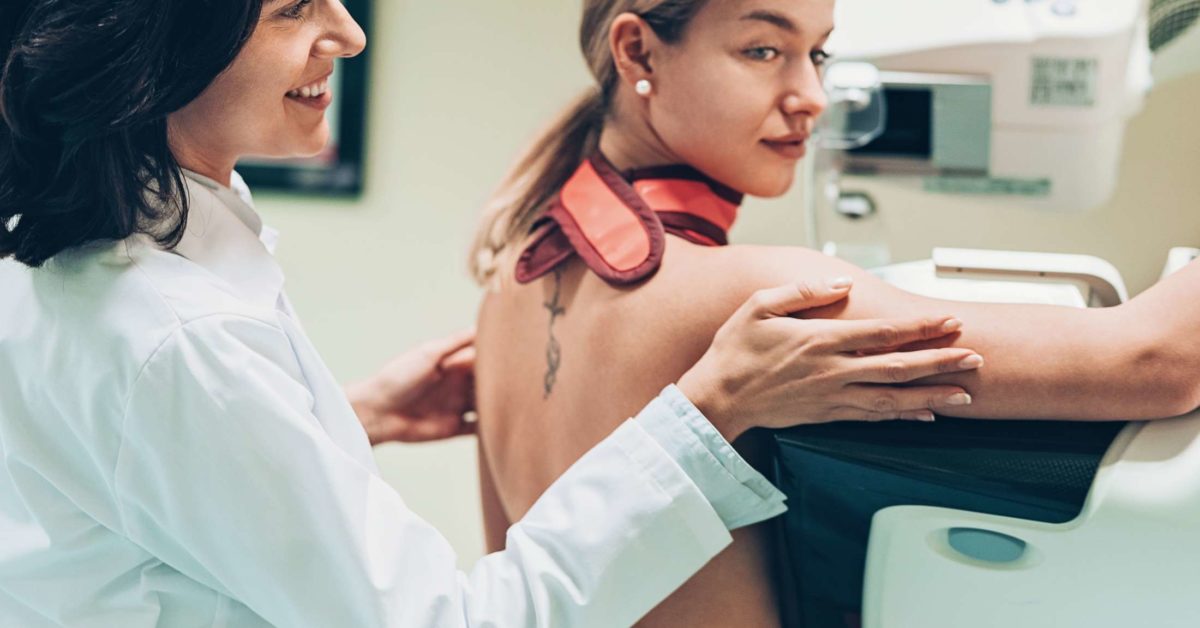
Dense Breast Tissue Symptoms Risk Factors And Diagnosis
Does dense breast tissue cause cancer
Does dense breast tissue cause cancer-Dense breast tissue What it means to have dense breasts Dense breast tissue makes it more difficult to interpret a mammogram, Breast density is often inherited, the relative risk associated with dense breasts was 292 for breasts that were 50%–74% dense and 464 for breasts that were 75% or more dense ( 18 )Breast density falls into four separate categories (1) breasts that are almost entirely fatty and therefore not dense;
:max_bytes(150000):strip_icc()/why-are-dense-breasts-a-breast-cancer-risk-430657-v1-8493c59449b8433a906c8394895a462c.png)



The Association Between Dense Breasts And Breast Cancer
Studies suggest close to half of all women between age 40 and 74 have dense breasts tissue About 40% of these women have heterogeneously dense breast tissue (category C) and about 10% have extremely dense breast tissue (category D) Nondense breast tissue is mainly fat and appears dark gray on a mammogram Exactly how dense breast tissue increases breast cancer risk is not fully understood, but breast density may be mediatedWendy Damonte is evening news anchor and HealthWatch reporter for KTVN in Reno, Nevada Her talk tells the story of how dense breast tissue masked her mother
Having dense breast tissue is common You may not know you have dense breast tissue until an Xray or mammogram reveals it Learn what having dense breasts means About half of all women have dense breasts, with a higher proportion of glandular and connective tissue;Heterogeneously dense fibroglandular breast tissue is it dangerHi, lybrate user , Your weight be monitored to enshape your body Heterogeneously dense fibr
Breast density reflects the amount of fibrous and glandular tissue in a woman's breasts compared with the amount of fatty tissue in the breasts, as seen on a mammogram On a mammography report, breast density is assigned to one of the following four categories— The breasts are almost entirely fatty (about 10% of women)Having dense breast tissue appears to be a risk factor for cancer However, it's important to consider other breast cancer risk factors along with density There are no special screening recommendations for women with dense breasts, but talk to your healthcare provider about the best screening approach for you when all risk factors are considered Breast tissue Breast are made of milk ducts, supportive tissue and fatty tissue Women with dense breasts have a higher ratio of supportive tissue to fatty tissue One is not better than the other We are all made a little differently




Dense Breast Tissue Symptoms Risk Factors And Diagnosis
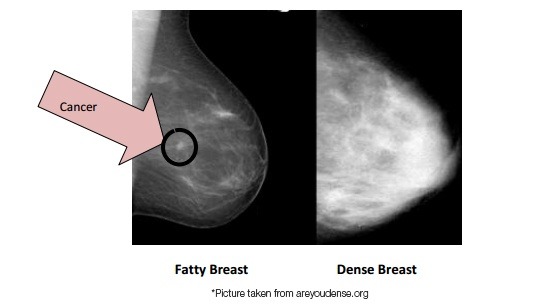



Are You Missing The Added Revenue Of Dense Breast Imaging Radiology Oncology Systems
For women who have heterogeneously dense breasts (category C), the risk of cancer is about 15 times that of a woman with scattered fibroglandular density (category B) These estimates are for women in general, though, and they don't take other personal risk factors into accountHaving dense breasts does appear to increase your risk for breast cancer But experts don't agree on whether high breast density alone means you should get extra cancer screening The bad news is that — like gender, race, family history, and genetic endowment — breast density is pretty much out of our control The good news is that as we get older, our breasts tend to become fattier and less dense Still, some women continue to have dense breast tissue well into their later years
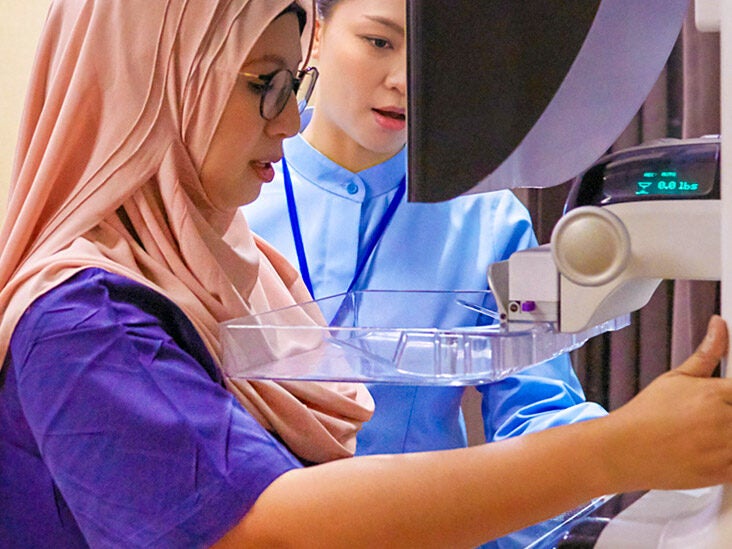



Understanding Scattered Fibroglandular Breast Tissue




Dense Breast Clinic Cooper University Health Care
Is heterogeneously dense breast tissue dangerous? To make the situation worse, their dense breasts make cancer harder to find because the lump that looks white on the mammogram is difficult to spot with all that whiteBreast density might be a concerning situation What makes the breast density a harmful situation is its tendency to mask cancer cells in the breast As it does that, it can lead to some serious complications such as increasing the atrocity of breast cancer
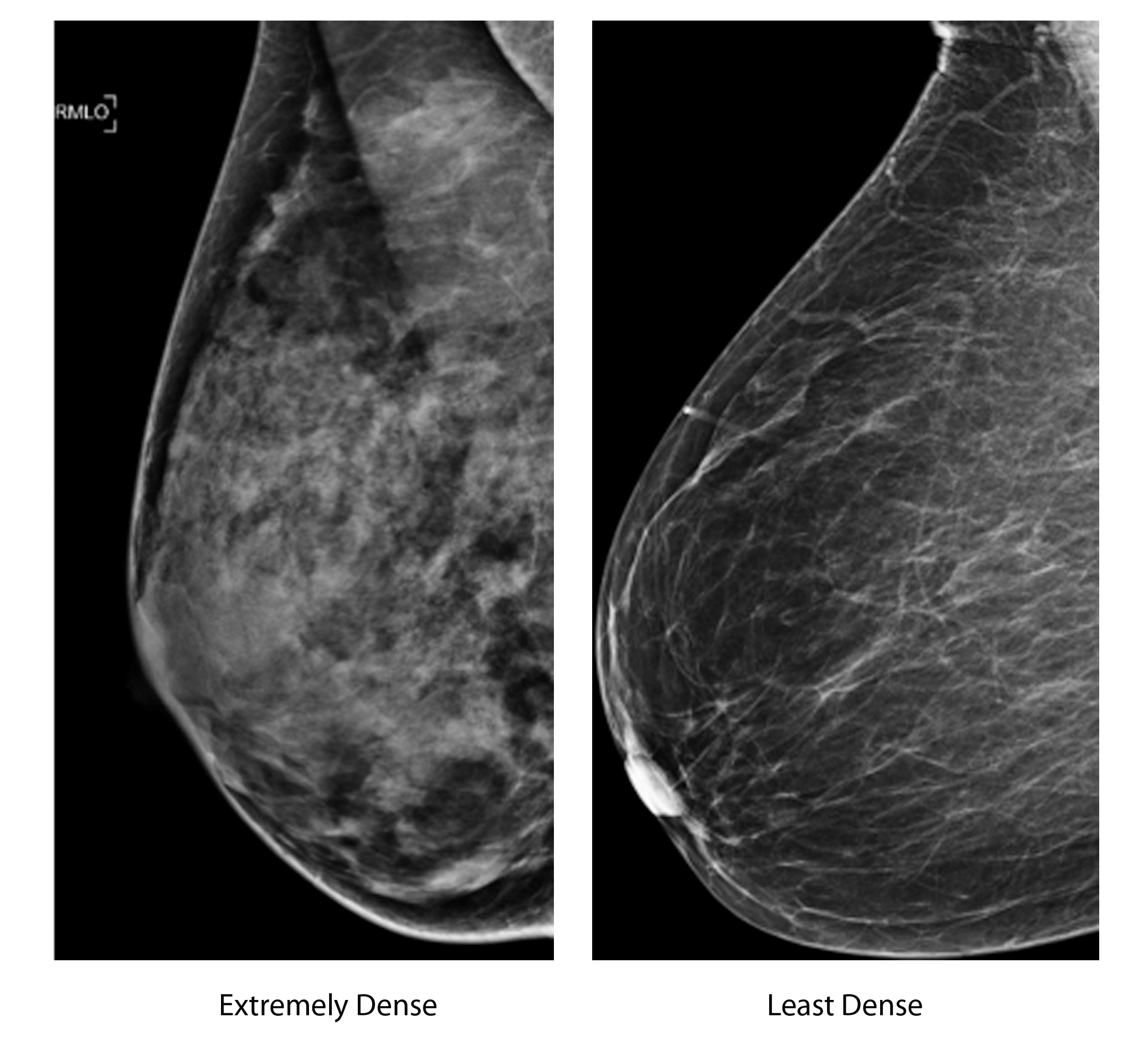



Study Shows Many Women Don T Know Dangers Of Dense Breast Tissue Wtop




How Dense Are You Dennis R Holmes M D F A C S Breast Cancer Surgeon
Fatty tissue is not muscle it's more fat Nondense means fatty tissue Heterogeneously dense has some areas of fatty tissue but most of the breast is dense Density levels are recorded in mammograms using letters AD A Almost entirely fatty meaning the breast are almost composed with fat This is usually found in 10% of womenLow breast density means there is a greater amount of fat compared to breast and connective tissue Breast density and its relationship to estrogen is an important risk factor for diverse subtypes of breast cancer Check out how the "fickle" estrogen shows up in different ways, effecting breast density • Young women have more circulating The mechanisms underlying the strong association between percentage dense area on a mammogram and the risk of breast cancer are unknown We investigated separately the absolute dense area and the absolute nondense area on mammograms in relation to breast cancer risk We conducted a nested casecontrol study on prediagnostic mammographic density measurements and risk of breast




Advocating Breast Density Imaging Technology News



What Breast Density Means To You Stacey Vitiello M D
Dr T Bear Doctor of Medicine 2,325 satisfied customers The breasts are heterogeneously dense, which may obscure The breasts are heterogeneously dense, which may obscure small masses (breast composition category c) (Patients in categories c and d may read moreDense breast tissue contains a higher percentage of glandular and fibrous tissue than fatty breasts, which makes it more difficult for tumors to be detected during a mammography With higher breast density, surgeons and patients also face an increase in risk that not all of the cancer has been removed during a lumpectomyDense Breast Tissue The Greatest Breast Cancer Risk You Never Heard Of Dense Breast Tissue The Greatest Breast Cancer Risk You
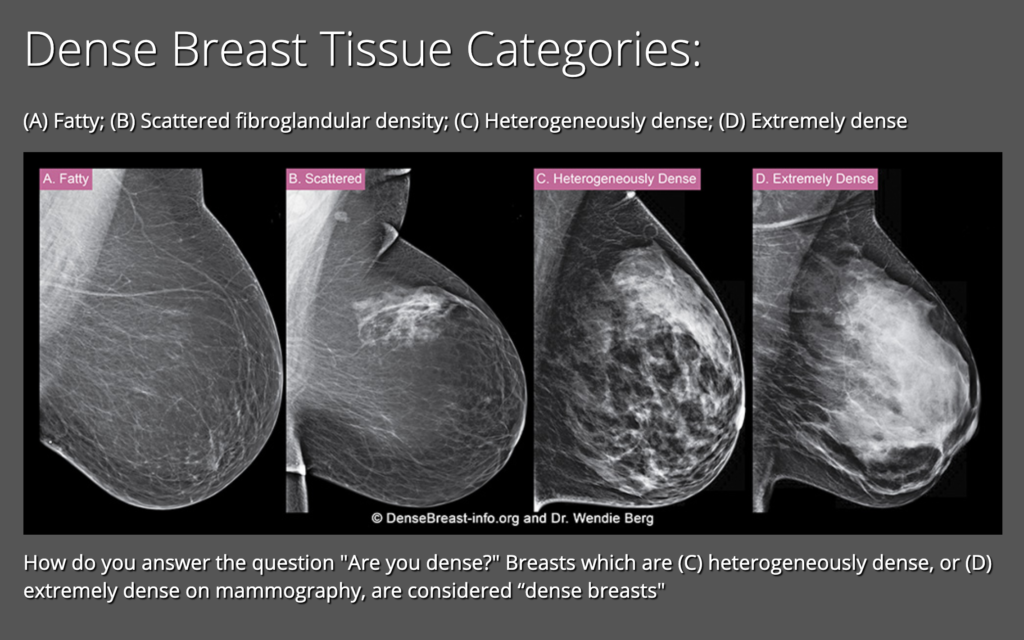



Breast Density Carolina Breast Imaging Specialists
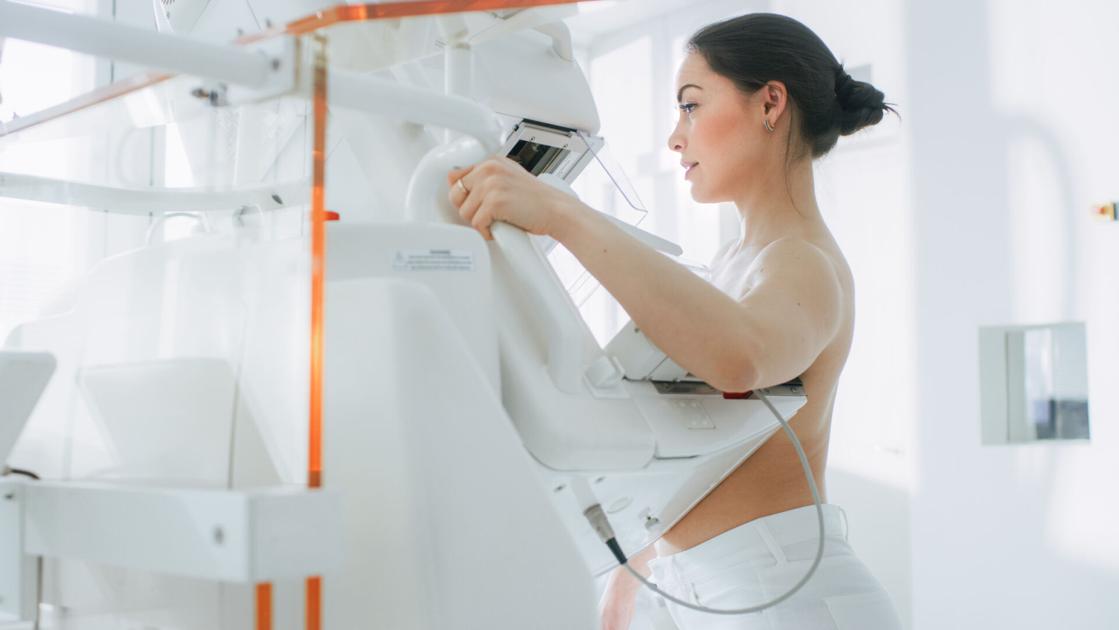



Dense Breast Tissue What It Means To Have Dense Breasts Health Ktbs Com
Dense breast tissue makes it more difficult to interpret a mammogram, since cancer and dense breast tissue both appear white on a mammogram Very dense breasts may increase the risk that cancer won't be detected on a mammogram Despite concerns about detecting cancer in dense breasts, mammograms are still effective screening toolsWomen who have dense breast tissue have a higher risk of breast cancer compared to women with less dense breast tissue It's unclear at this time why dense breast tissue is linked to breast cancer risk Dense breast tissue also makes it harder for radiologists to see cancer On mammograms, dense breast tissue looks white C Heterogeneously dense indicates that there are some areas of nondense tissue, but that the majority of the breast tissue is dense About 4 in 10 women have this result D Extremely dense indicates that nearly all of the breast tissue is dense
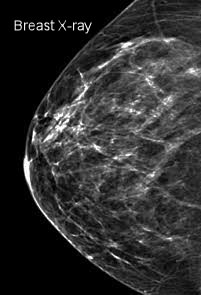



Common Mammogram Findings Moose And Doc




Dense Breast Tissue
When Firm Breasts Are a Hazard It's normal for breast density to increase into your 30s and decrease as you enter your 40s, says Ian Grady, MD, FACS, founder of the North Valley Breast Clinic in Having dense breasts â€" that is, relatively little fat in the breast and more glandular and connective tissue, as seen on a mammogram â€" is one of the strongest known risk factors for breast A woman whose breast tissue is primarily fatty replaced will have a mammogram that looks more dark There are 4 categories of breast density (also called a density score) that a radiologist uses for describing a patient's mammogram Class A (or 1) Fatty;




The Breast Density Breast Cancer Connection Harvard Health Publications Harvard Health
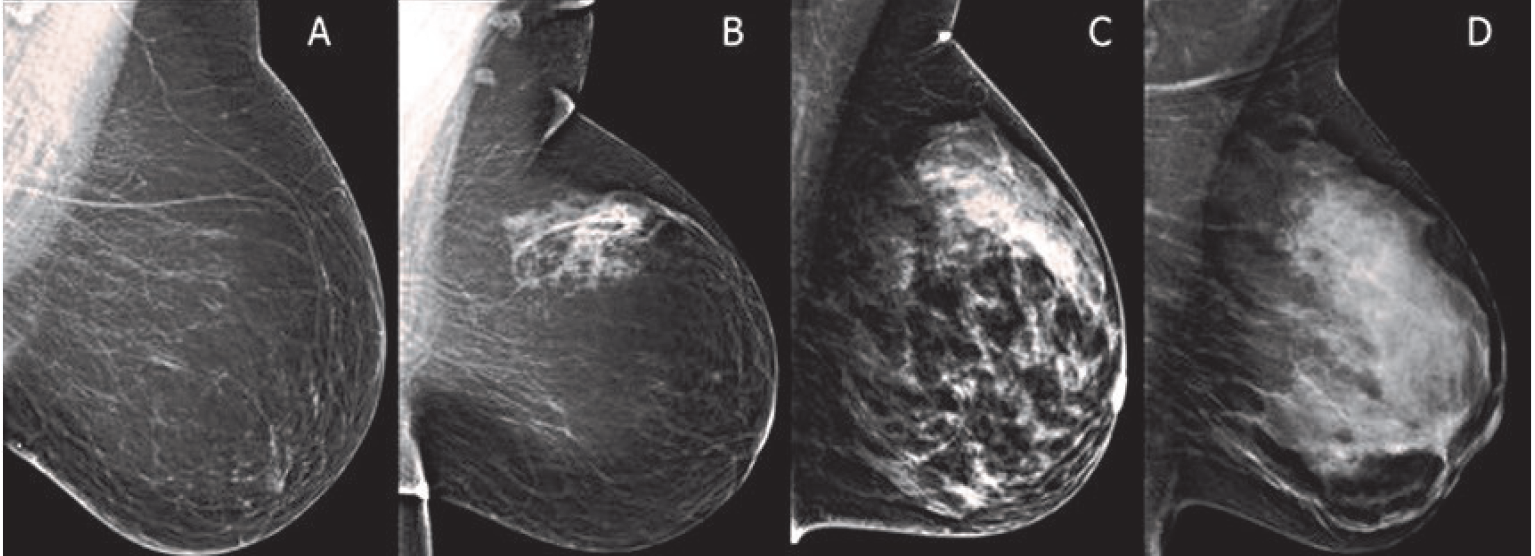



Fibroglandular Density What Every Woman Should Know
As you can see, there is some dense white tissue on this film where cancers can potentially hide, but much of the breast is fatty and easy to see through Now we start getting into the dense breasts The patient below has "heterogeneously dense" breast tissue, which means that more than half of the tissue in her breast is denseC Heterogeneously dense, which may obscure masses;Your mammogram shows that your breast tissue is dense Dense breast tissue is very common and is not abnormal However, dense breast tissue may make it harder to find cancer on a mammogram and may
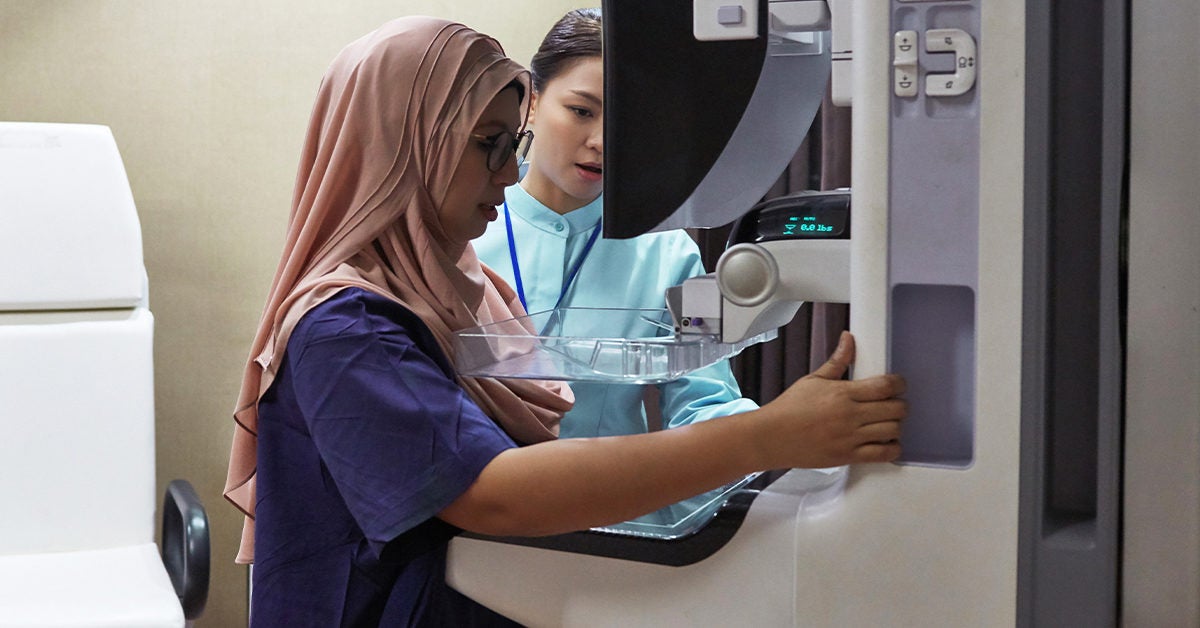



Dense Breast Tissue What Does It Mean Cancer Risk And More
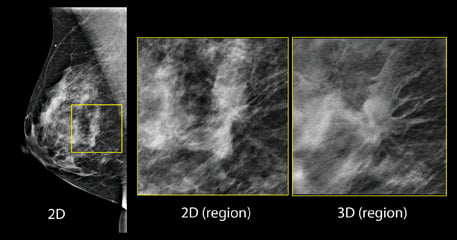



Advocating Breast Density Imaging Technology News
Don't panic Dense breast tissue is not cancer The results are merely informing you that, like 40 percent of American women, your breast tissue is particularly fibrous This does, however, make it more difficult for a mammogram to see through the entire breast Dr Kirtly Parker Jones explains dense breasts in further detail and what alternative screening methods mightD Extremely dense, which lowers mammography sensitivity; The term dense breasts is used to describe breast tissue that is less fatty and composed of more nonfatty (fibrolandular) tissue than tissue found in breasts that are not dense Both researchers and doctors agree that women diagnosed with dense breasts are at a higher risk of developing breast cancer
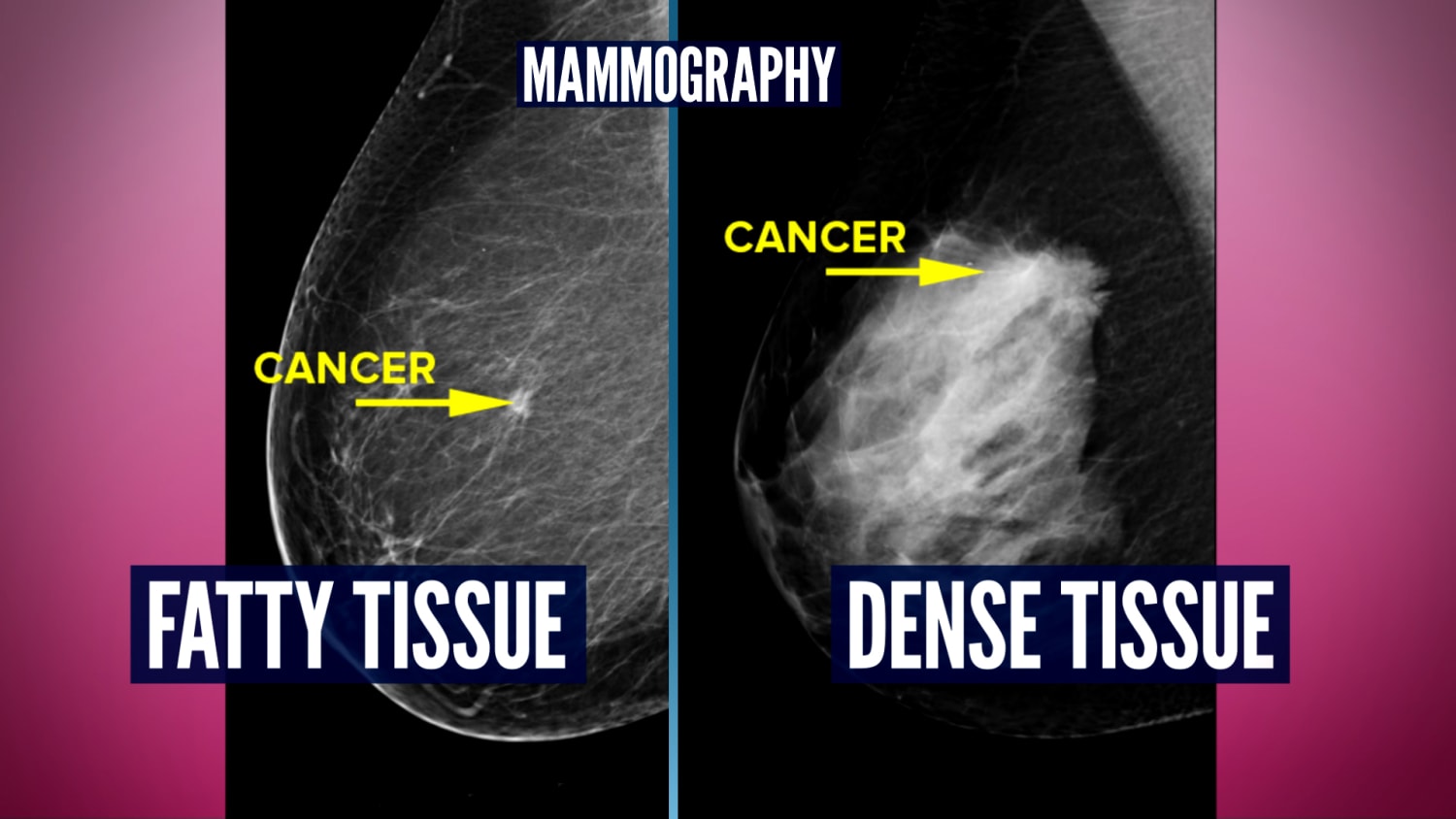



Do You Have Dense Breasts You May Need More Than A Mammogram




Should You Worry About Dense Breasts Everyday Health
The tissue of both breast is heterogeneously dense this may lower the sensitivity of mammography patient returned for additional views, asymmetry described on previous mammogram persists, further imaging with US is recommendedNo significant masses, calcifications, or other findings are seen in either breast Dense breasts are a risk factor for breast cancer Breast density is associated with an increased risk of breast cancer and is present in about 50% of adult women Breasts have three types of tissue fatty tissue, glandular tissue, and fibrous tissue Breast density is defined by the ratio of fatty breast tissue to dense breast tissue Breast Imaging Reporting and Data System (BIRADS) is used to assign the levels of breast density These levels are named A, B, C and D • A Almost entirely fatty Level A is not considered dangerous • B Scattered areas of fibroglandular density (Not harmful) • C Heterogeneously dense This level is dangerous to some extent • D




Get Informed Dense Breasts Canada Find Out Your Breast Density




Imaging Breast Density Established And Emerging Modalities Sciencedirect
Some people have more fibrous than fatty tissue in the breasts This can increase their risk of breast cancer and make it harder to diagnose Learn more about dense breast tissue Dense breast tissue is very common and is not abnormal However, dense breast tissue can make it harder to find cancer on a mammogram and may also be associated with an increased risk of breast cancer This information about the result of your mammogram is given to you to raise your awarenessAnd (4) those that are extremely dense, so much so that the sensitivity of mammograms is reduced




My Mammography Report Says I Have Dense Breasts Should I Be Worried



Dense Breast Tissue What To Know Uva Radiology
(3) breasts described as "heterogeneously dense" – enough density to obscure tumors; Yes, women with dense breasts have a higher risk of breast cancer than women with fatty breasts, and the risk increases with increasing breast density This increased risk is separate from the effect of dense breasts on the ability to read a mammogramYes Yes, a homogeneously dense breast on mammogram or ultrasound usually means that nothing is standing out suspiciously 49k views Answered >2 years ago Thank 1 thank Ask US doctors your own question and get educational, text answers — it's anonymous and free!




Breast Density And Mammogram Reports Dense Breast Tissue




Five Things You Need To Know About Dense Breast Tissue Shore Medical Center
(2) breasts with scattered areas of fibroglandular density;Class C (or 3) Heterogeneously dense Heterogeneously dense breasts is a term used in mammography to describe breasts with a higher percentage of glandular and supportive tissue than fat It occurs in 40% of women and while normal, can make it more difficult to detect breast cancer on mammography
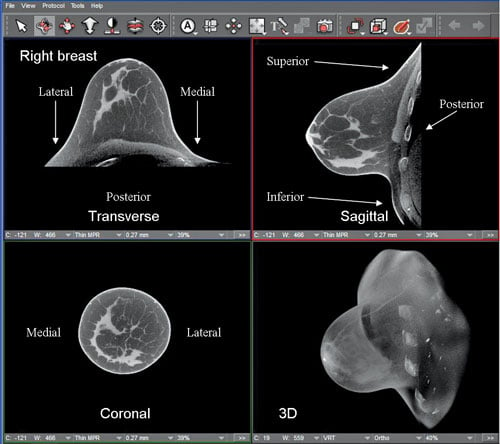



Deals Proliferate In Dangerous World Of Ct Imaging Technology News
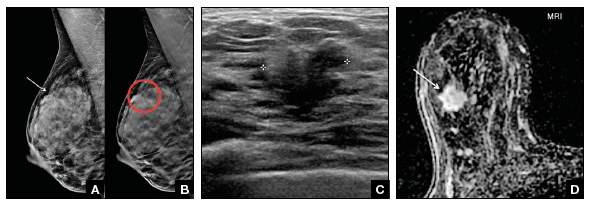



Get Smart About Dense Breasts Mdedge Obgyn
Class B (or 2) Scattered fibroglandular density;"Dense breast tissue is determined by the way the breast looks on the mammogram, not by how the breasts feel on physical examination," says Regina Hooley, MD, a Yale Medicine radiologist, who is a breast imaging expert at theBreast Center at Yale Cancer Center and Smilow Cancer Hospital Having dense breast tissue can make it more difficult to see breast cancer on a mammogram Dense tissue appears white on a mammogram while fatty tissue appears black Breast cancer on a mammogram appears as a white spot, which is why it can be more difficult to see when the background is white as it is with dense tissue Breast density also slightly increases your risk




Understanding Scattered Fibroglandular Breast Tissue




Breast Density What Is It And What Does It Mean For Me Breast360 Org The American Society Of Breast Surgeons Foundation
The breasts are heterogeneously dense, which may obscure small masses (breast composition category c) (Patients in categories c and d may qualify for supplemental screening exams) The tissue undergoes marked background enhancement, increased from prior Dense breast tissue shows up white on a mammogram, as do tumors, which makes it more difficult to identify the difference According to the American Congress of Obstetricians and Gynecologists, a mammogram will identify % of cancers in a breast that is almost entirely fat, or low in density That's compared to 62% in highdensity breastsAbout 10 percent of all women have "extremely dense" breasts Nearly 40 states now mandate that women having mammograms receive some form of notification about the impact of breast density on breast cancer risk and detection of cancer




Imaging Breast Density Established And Emerging Modalities Sciencedirect




My Doctor Says I Have Dense Breasts What Are Dense Breasts Johns Hopkins Medicine
:max_bytes(150000):strip_icc()/why-are-dense-breasts-a-breast-cancer-risk-430657-v1-8493c59449b8433a906c8394895a462c.png)



The Association Between Dense Breasts And Breast Cancer




Mammographic Density And Screening Breast Health And Awareness Breast Cancer Network Australia




Fibroglandular Density What Every Woman Should Know



What Breast Density Means To You Stacey Vitiello M D




Recent Advances In Microwave Imaging For Breast Cancer Detection Abstract Europe Pmc




Advocating Breast Density Imaging Technology News
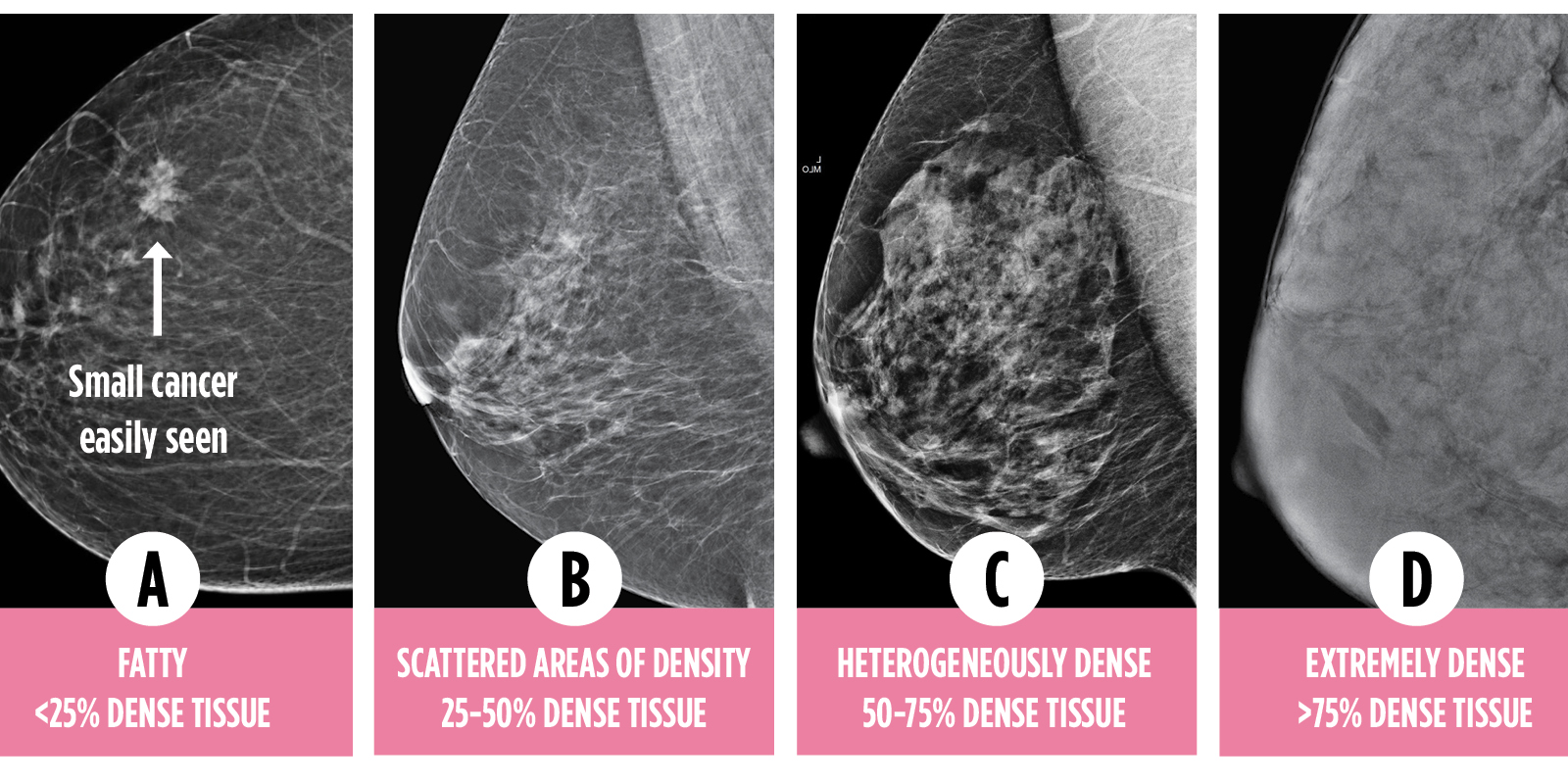



Get Informed Dense Breasts Canada Find Out Your Breast Density




Dense Breasts Montclair Breast Center




Why Breast Density Matters Prevent Breast Cancer
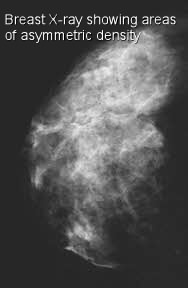



Common Mammogram Findings Moose And Doc




Dense Breasts Advocacy Science And Cancer Dr Elisabeth Poorman




Do Dense Breasts Increase Risk Of Cancer Health Articles Healthy Life
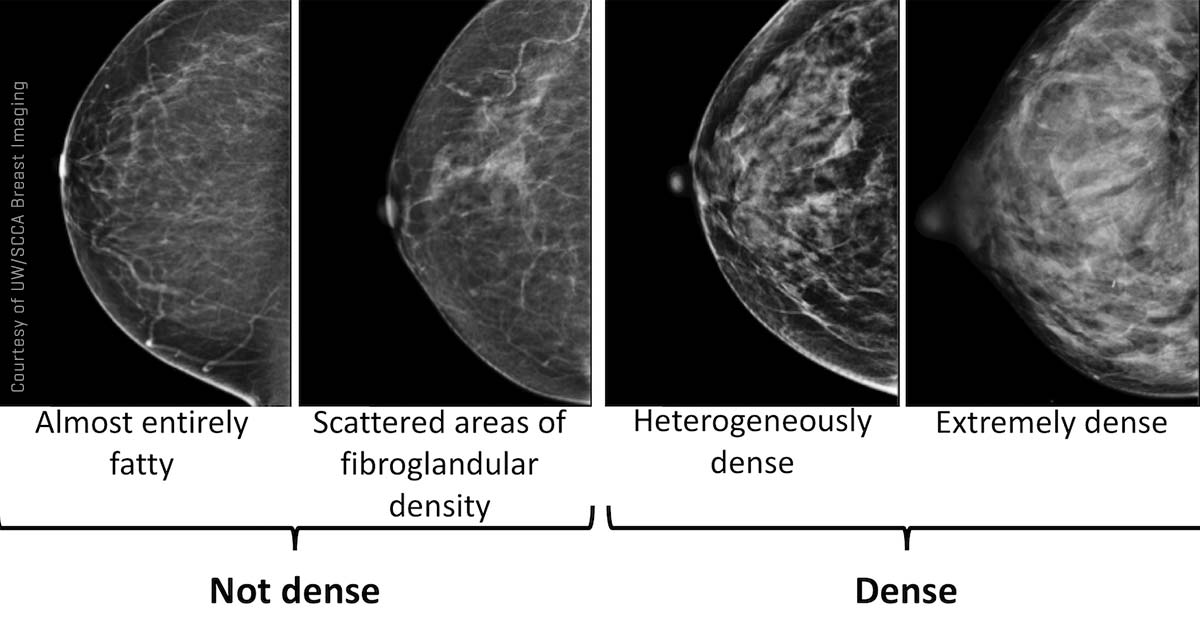



What S The Best Way To Screen Dense Breasts
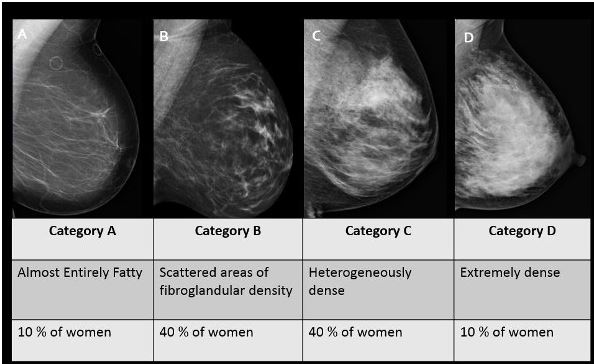



The Connection Between Dense Breasts And Breast Cancer Patricia Bowden Luccardi




The Difference Between Dense And Nondense Breast Tissue Article Community Care Physicians P C
/why-are-dense-breasts-a-breast-cancer-risk-430657-v1-8493c59449b8433a906c8394895a462c.png)



The Association Between Dense Breasts And Breast Cancer
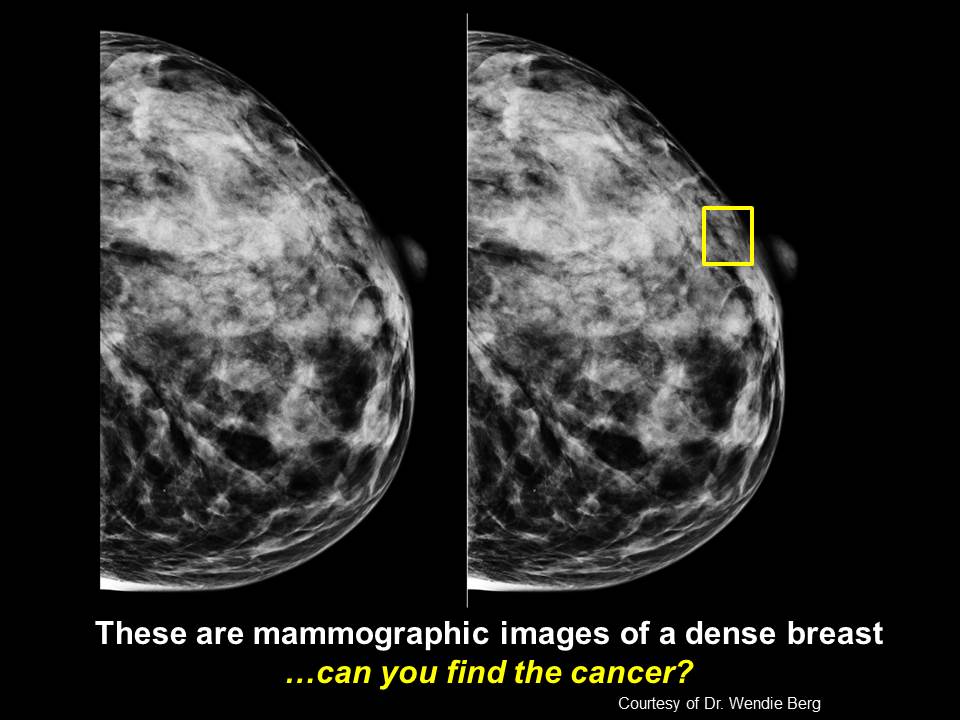



Knowing Your Breast Density Can Save Your Life Hers Magazine




Subject Dense Breasts Standard Of Care
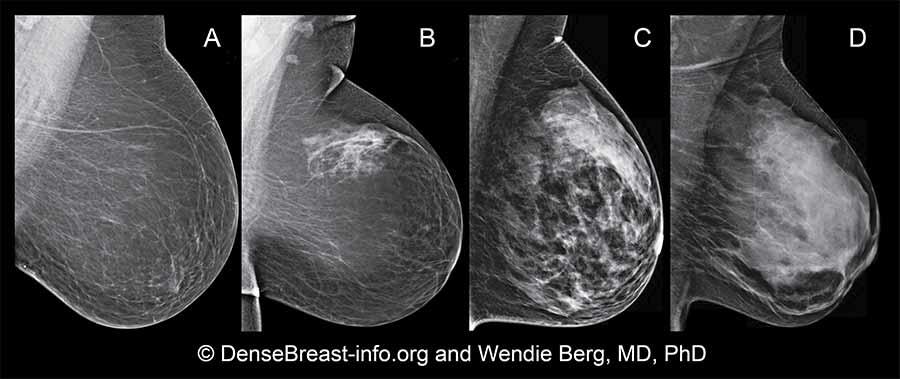



Dense Breasts Answers To Commonly Asked Questions National Cancer Institute




Caperay Blog
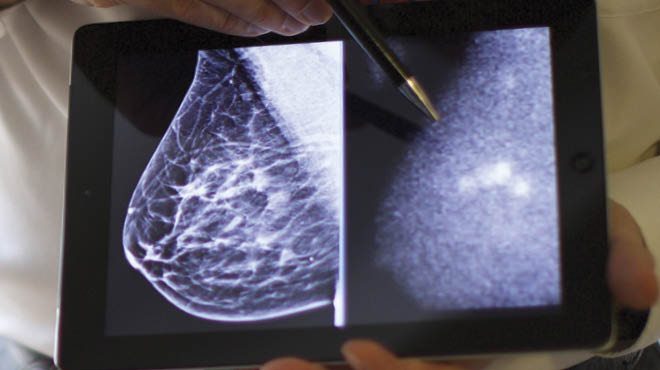



Dense Breast Tissue What You Need To Know Mayo Clinic Health System



3




Breast Density And Mammogram Reports Dense Breast Tissue
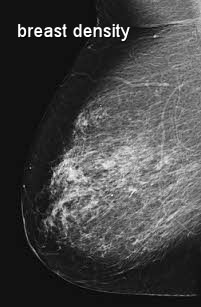



Breast Density Bi Rads Classification Moose And Doc




Should You Worry About Dense Breast Tissue Osf Healthcare
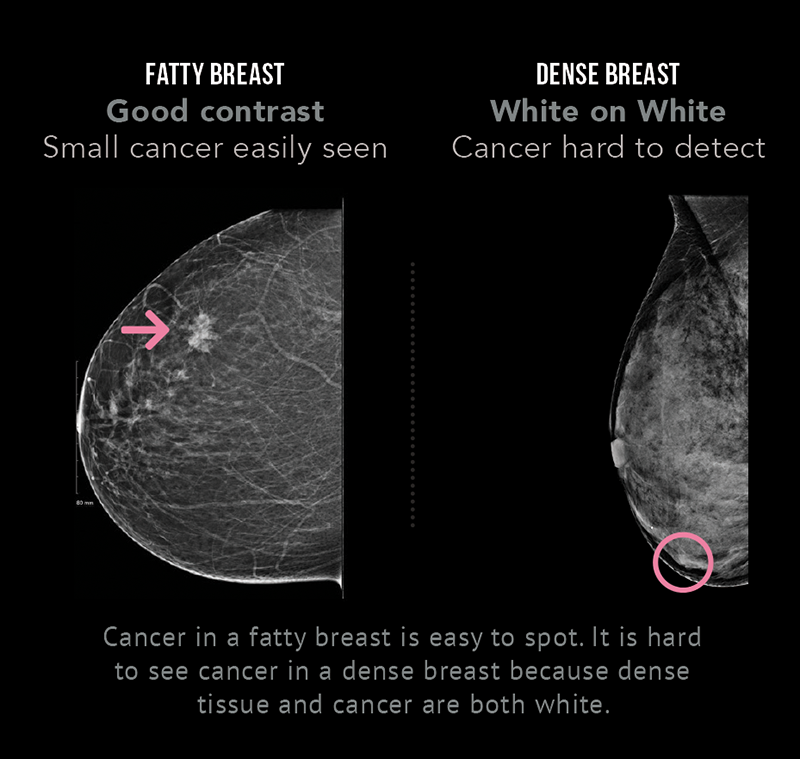



Breast Density Canadian Cancer Survivor Network




Dense Breast Archives Dr Deanna Attai
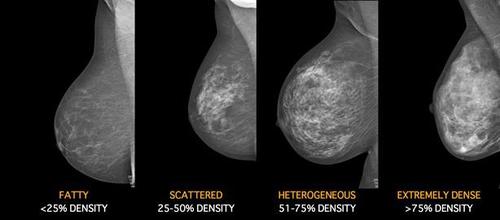



Breast Cancer Ge News
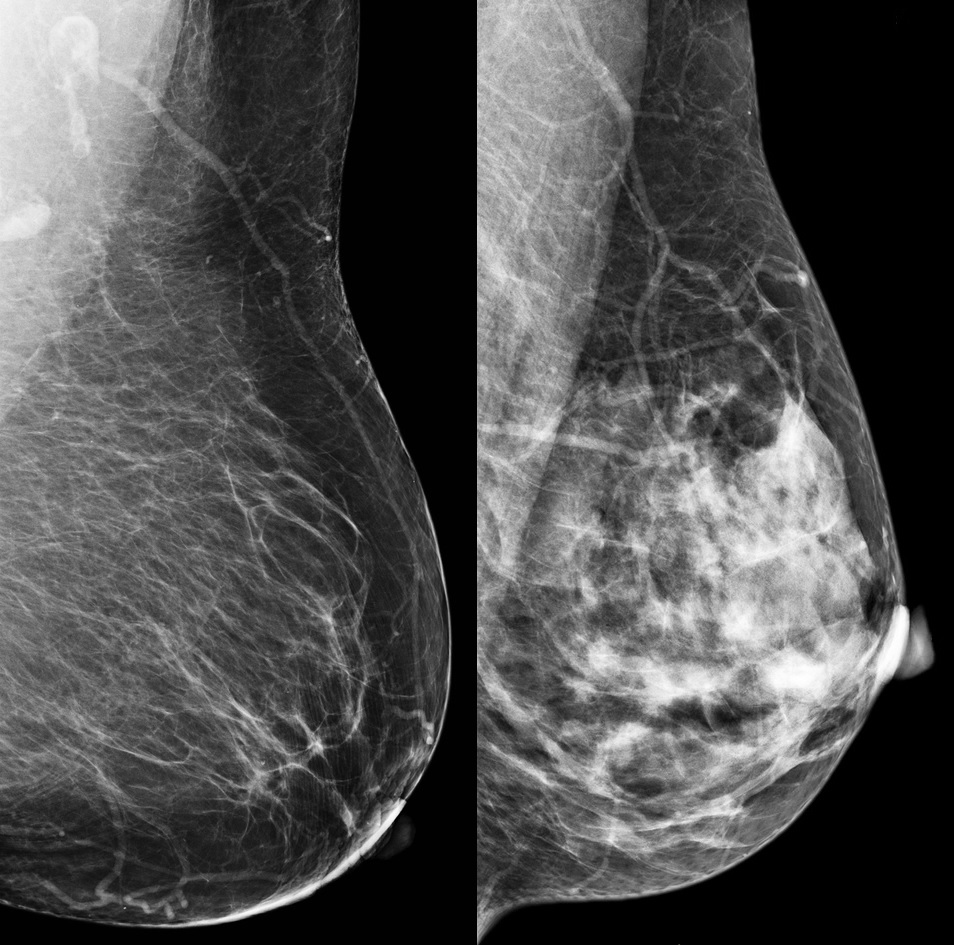



What Does It Mean To Have Dense Breasts Cdc




Breast Density What Is It And What Does It Mean For Me Breast360 Org The American Society Of Breast Surgeons Foundation
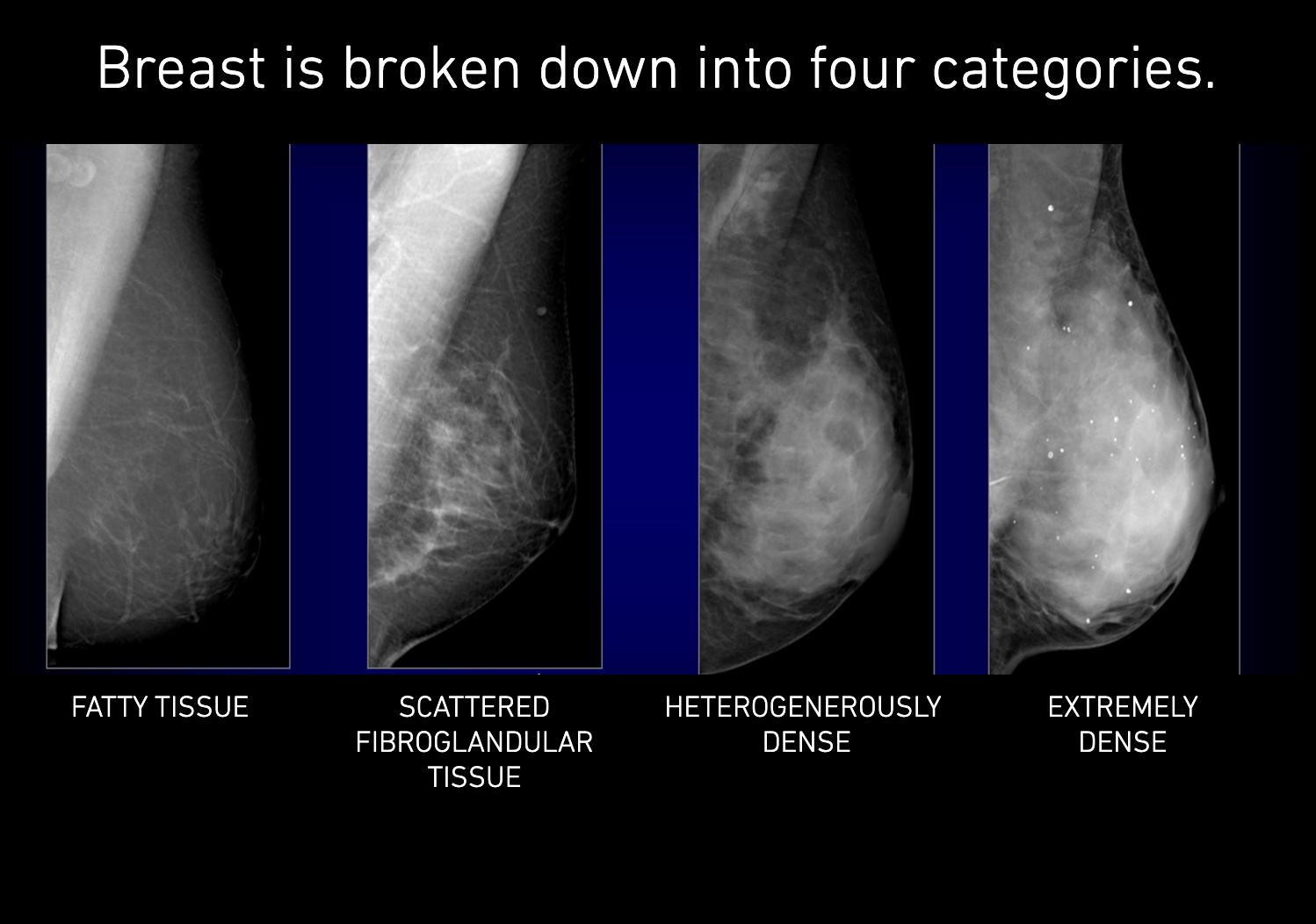



Automated Whole Breast Ultrasound Barbara Hayden Dense Breasts



What Breast Density Means To You Stacey Vitiello M D
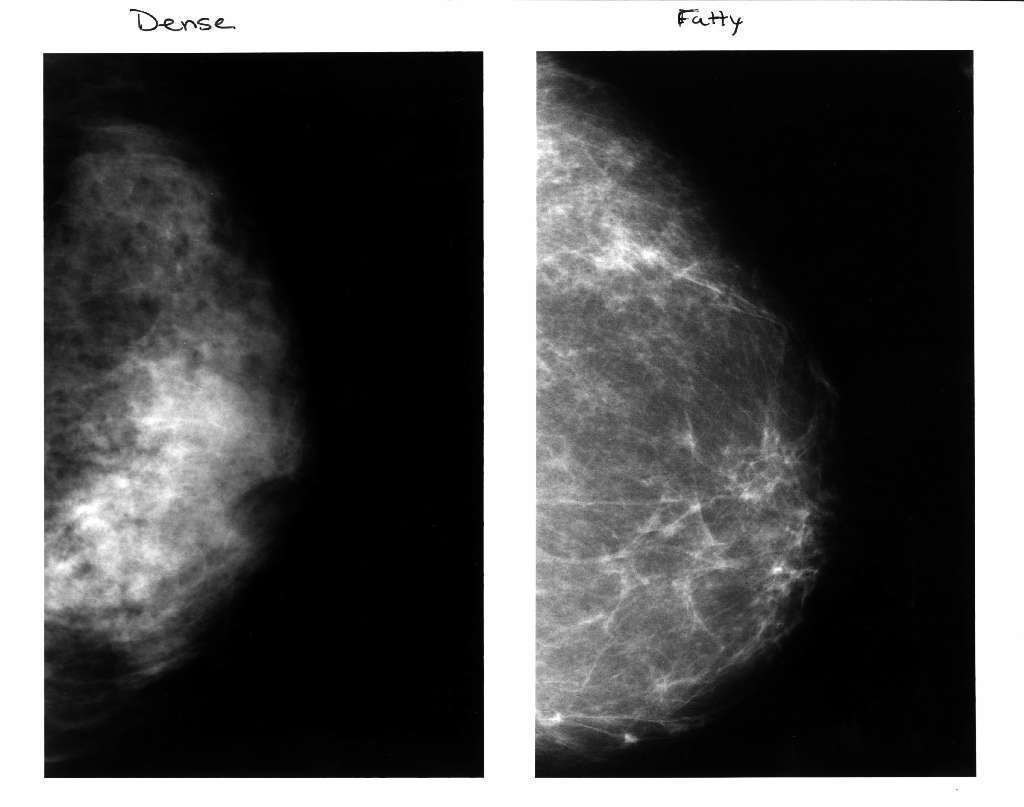



How Often Should You Get A Mammogram It Depends On Whether You Have Dense Breast Tissue Experts Say Los Angeles Times



What Breast Density Means To You Stacey Vitiello M D




Study Shows Breast Density Is Most Common Risk Factor For Breast Cancer




Breast Density Canadian Cancer Survivor Network
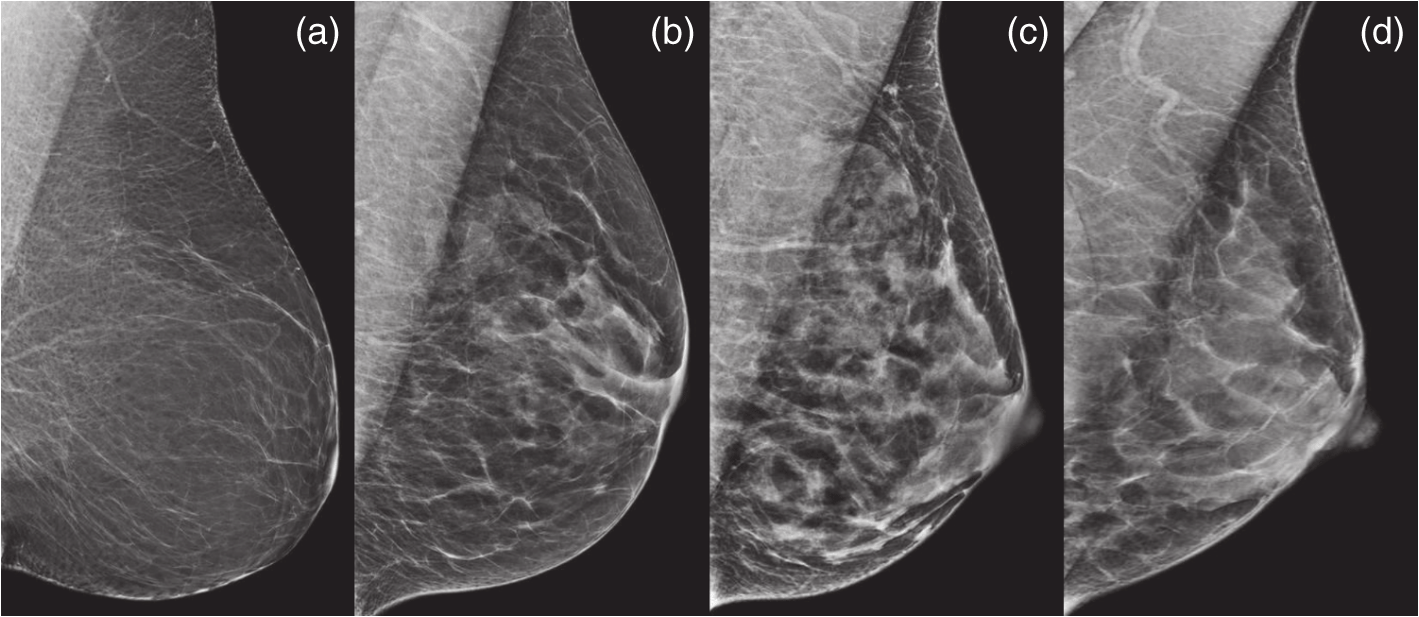



Review Of Quantitative Multiscale Imaging Of Breast Cancer



What Are Dense Breasts And Why Is It Important For Women To Know If They Have Them Musc Charleston Sc




How 3d Mammograms Help Find Hidden Cancers Cleveland Clinic




Comparing Maria M4 Detection For A Heterogeneously Dense Breast With Download Scientific Diagram



Cancer Survivor Pushing For State Law On Dense Breast Notifications Chicago News Wttw



1




Dense Breast And It S Cancer Connection By Noah Steves Issuu



The Medical Minute Breast Density Separating Myth From Fact News Line For Nurse Practitioner
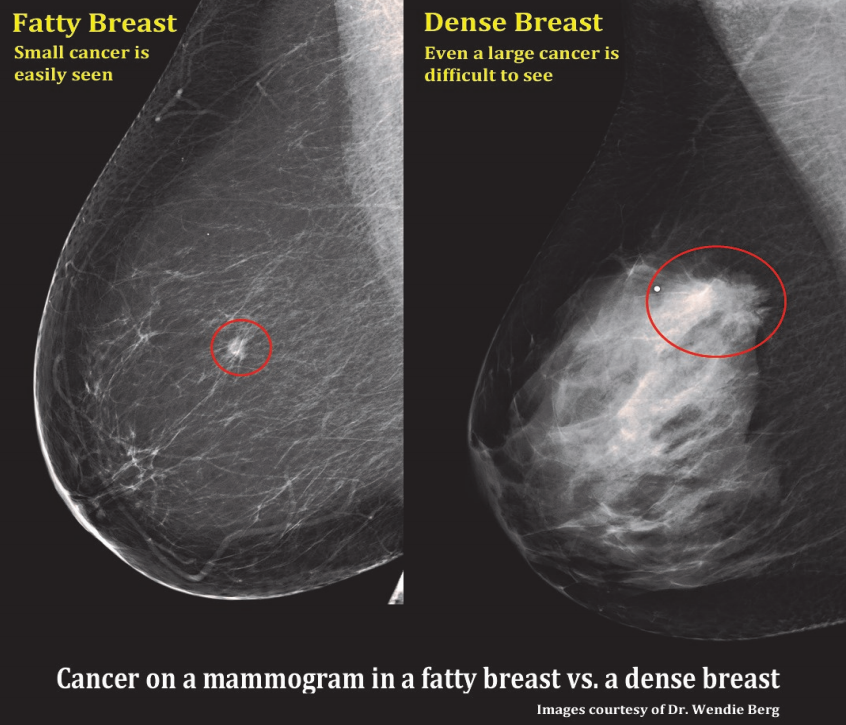



Making Sense Of Dense Breasts Imaging Technology News




Her Dense Breast Tissue Hid Cancer For Years Now She S Warning Others Cbc Radio




Dense Breast Tissue And Breast Cancer Risk




Comparing Maria M4 Detection For A Heterogeneously Dense Breast With Download Scientific Diagram



Breast Density Breastlink



Blog How Dense Are You New Research Shows That Not All Dense Breasts Pose An Increased Cancer Risk



How To Decrease Breast Density To Reduce Breast Cancer Risk Mammalive Foundation



Q Tbn And9gcrzwjyvfumnn3vze7k4fhmqy4qsvvphutkfzhmeglqsejjsxrx Usqp Cau




Breast Density And Mammogram Reports Dense Breast Tissue



The Importance Of Understanding Your Breast Density Women S Health Blog
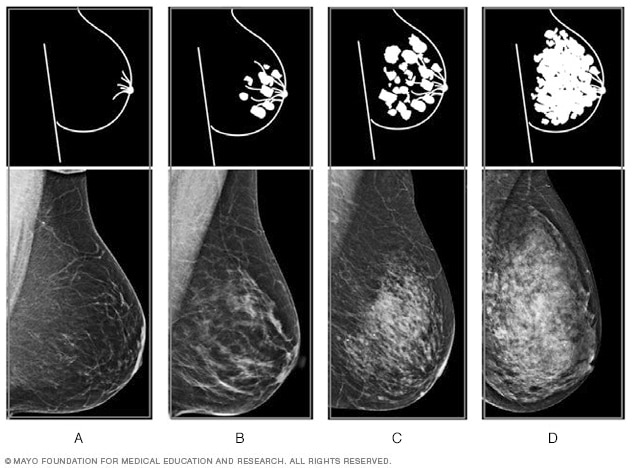



Dense Breast Tissue What It Means To Have Dense Breasts Mayo Clinic




Breast Density And Mammogram Reports Dense Breast Tissue



Q Tbn And9gcqybnohlifjvcf2elp Bltnoj94yb7 B6tbcn Jidbtkw3brt1t Usqp Cau
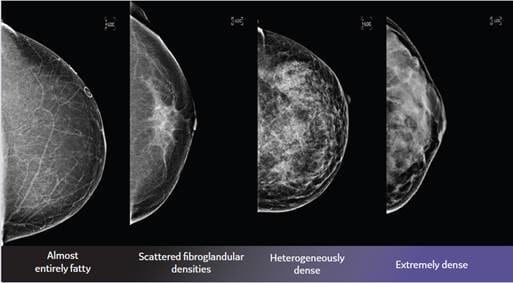



Do You Know Your Breast Density Ge Healthcare United States
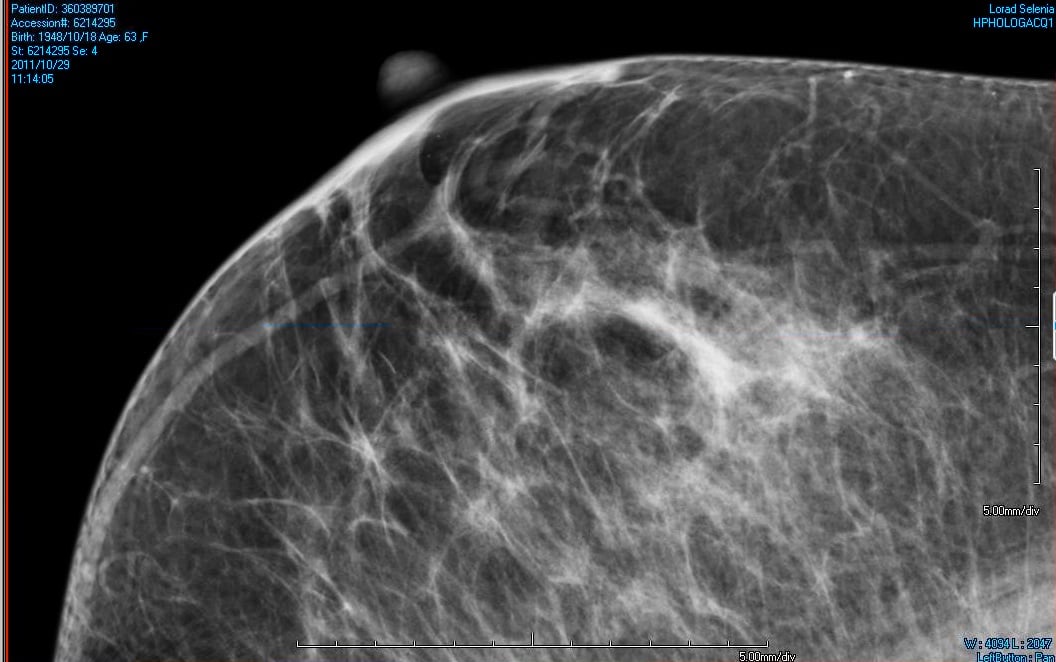



Breast Density Reporting Advances On National And State Levels Imaging Technology News



Thermapproach




Clearing Up The Confusion About Dense Breast Tissue The Ohio State University Wexner Medical Center
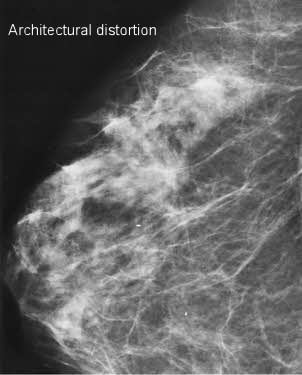



Common Mammogram Findings Moose And Doc




Patient Questions And Answers Densebreast Info Inc



2




Breast Density And Mammogram Reports Dense Breast Tissue
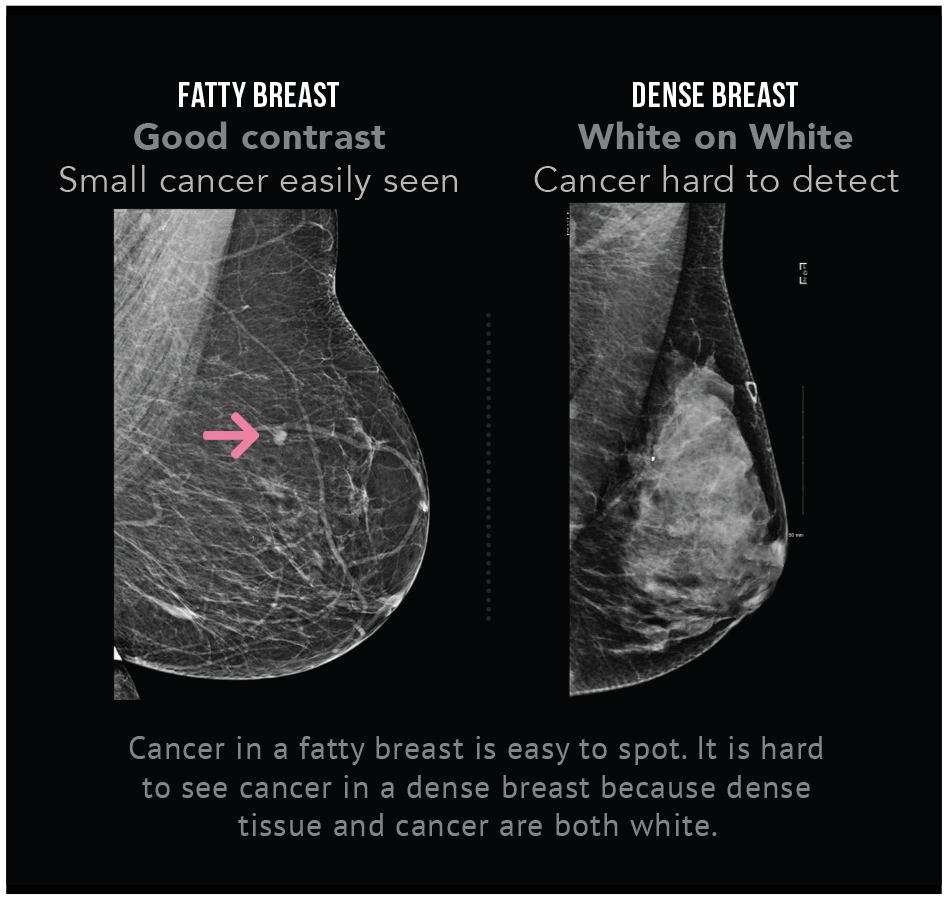



Get Informed Dense Breasts Canada Find Out Your Breast Density
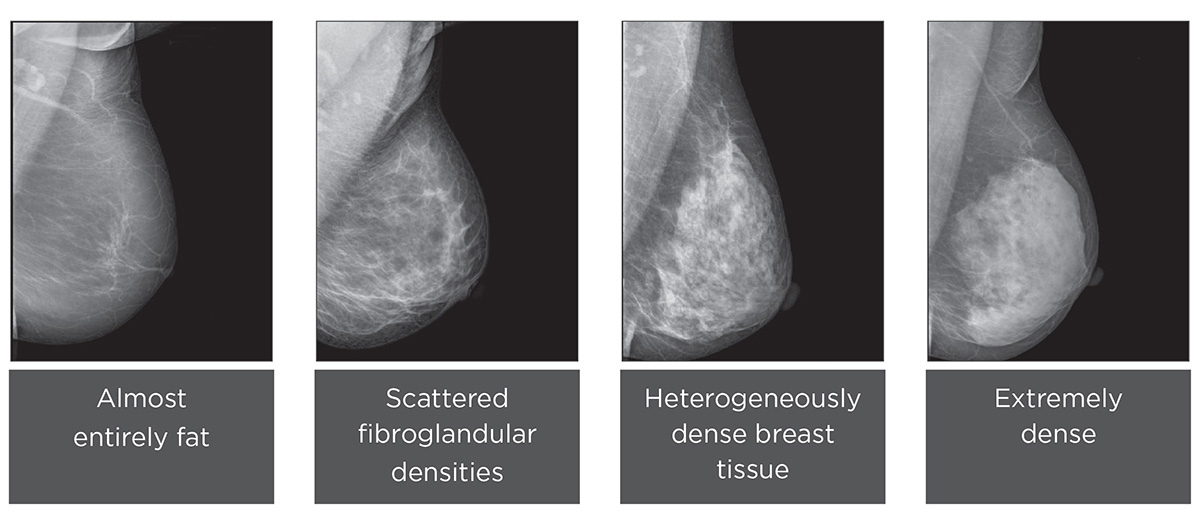



Breast Density Consulting Radiologists
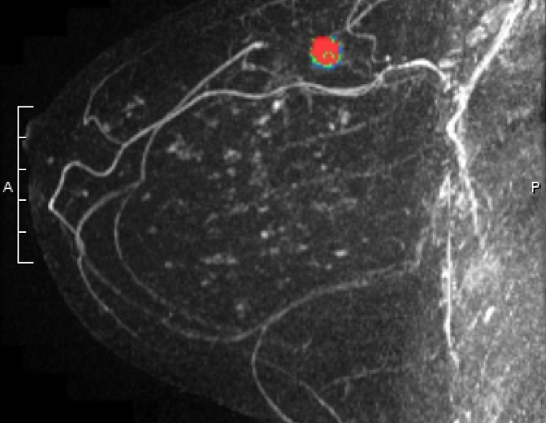



Dense Breast Archives Dr Deanna Attai




Breast Density What Is It And What Does It Mean For Me Breast360 Org The American Society Of Breast Surgeons Foundation
%20.png)



What Is Breast Density And Why Does It Matter Our Voices Blog Cbcn
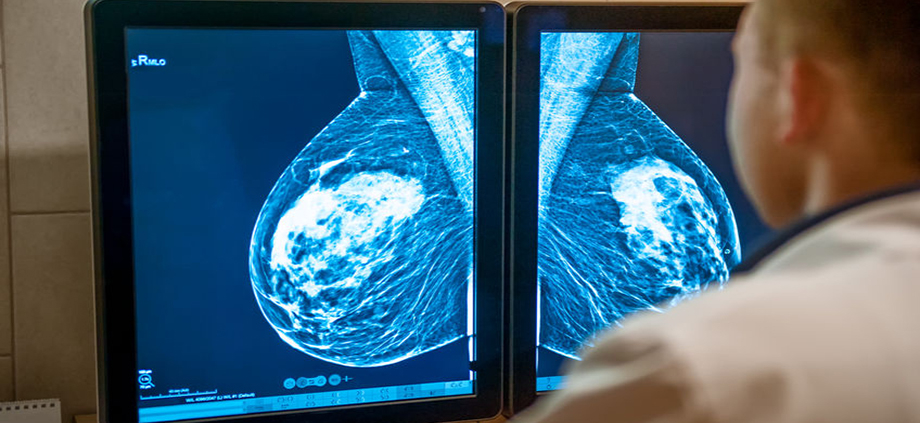



Dense Breast Archives Dr Deanna Attai
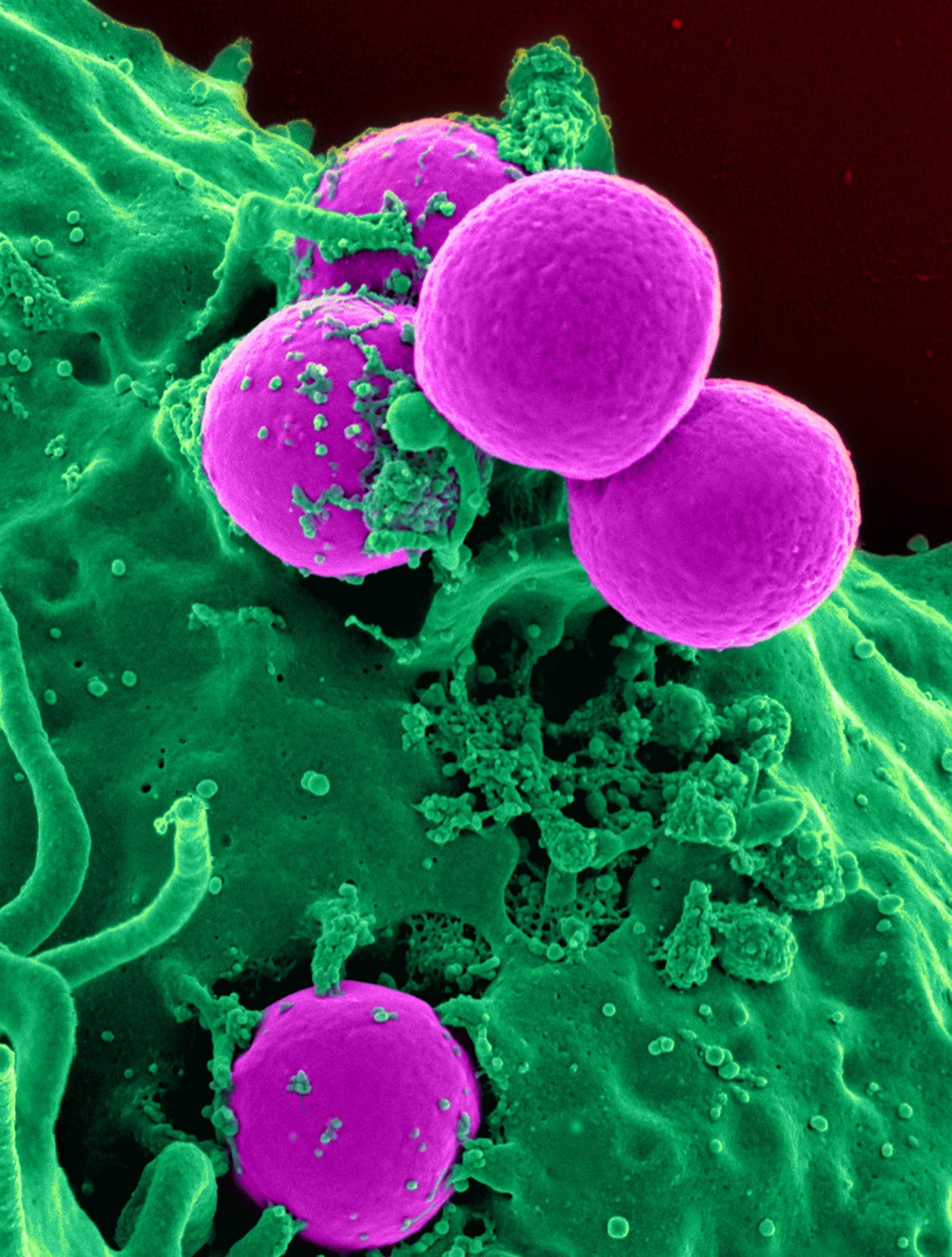



Detecting Breast Cancer With Convolutional Neural Nets By Nyu Center For Data Science Center For Data Science Medium



What Breast Density Means To You Stacey Vitiello M D




A 60 Year Old Woman Presented With A Palpable Left Breast Mass A Download Scientific Diagram



0 件のコメント:
コメントを投稿